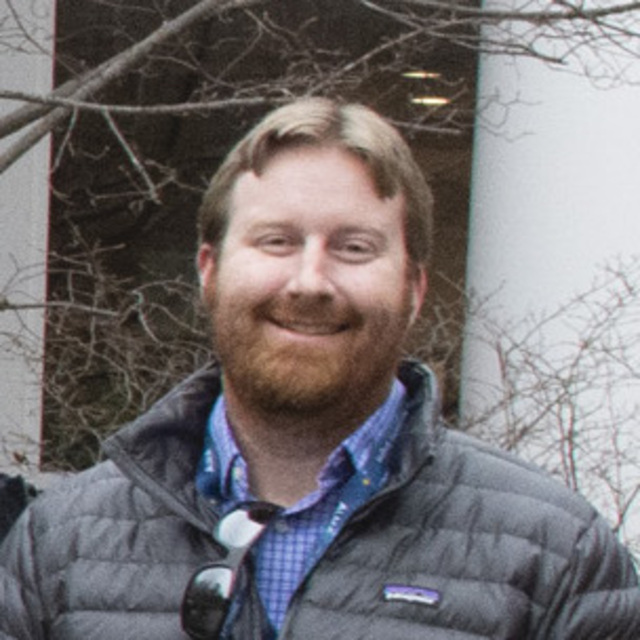March
2021
•
2021ApJ...910...44V
Authors
•
Vayner, Andrey
•
Wright, Shelley A.
•
Murray, Norman
•
Armus, Lee
•
Boehle, Anna
•
Cosens, Maren
•
Larkin, James E.
•
Mieda, Etsuko
•
Walth, Gregory
Abstract
•
We present detailed observations of photoionization conditions and galaxy kinematics in 11 z = 1.39-2.59 radio-loud quasar host galaxies. Data were taken with the OSIRIS integral field spectrograph and the adaptive optics system at the W. M. Keck Observatory that targeted nebular emission lines (Hβ, [O III], Hα, [N II]) redshifted into the near-infrared (1-2.4 μm). We detect extended ionized emission on scales ranging from 1 to 30 kpc photoionized by stars, shocks, and active galactic nuclei (AGN). Spatially resolved emission-line ratios indicate that our systems reside off the star formation and AGN-mixing sequence on the Baldwin, Phillips, & Terlevich diagram at low redshift. The dominant cause of the difference between line ratios of low-redshift galaxies and our sample is due to lower gas-phase metallicities, which are 2-5× less compared to galaxies with AGN in the nearby universe. Using gas velocity dispersion as a proxy to stellar velocity dispersion and dynamical mass measurement through inclined disk modeling, we find that the quasar host galaxies are undermassive relative to their central supermassive black hole mass, with all systems residing off the local scaling (M•-&sgr;, M•-M*) relationship. These quasar host galaxies require substantial growth, up to an order of magnitude in stellar mass, to grow into present-day massive elliptical galaxies. Combining these results with part I of our sample paper, we find evidence for winds capable of causing feedback before the AGN host galaxies land on the local scaling relation between black hole and galaxy stellar mass, and before the enrichment of the interstellar medium to a level observed in local galaxies with AGN.
Links





